|
Your search criteria found 644 images Spacecraft |
| My List |
Addition Date | Target | Mission |
Instrument
|
Size |

|
1998-11-24 | Europa |
Galileo |
Solid-State Imaging |
1950x850x3 |
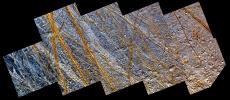
|
|||||

|
1998-12-07 | Europa |
Galileo |
Solid-State Imaging |
633x900x1 |

|
|||||

|
1998-12-07 | Europa |
Galileo |
Solid-State Imaging |
453x597x1 |

|
|||||

|
1998-12-07 | Europa |
Galileo |
Solid-State Imaging |
678x900x1 |

|
|||||

|
1998-12-07 | Europa |
Galileo |
Solid-State Imaging |
1231x558x3 |
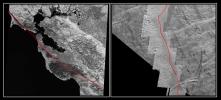
|
|||||

|
1998-12-07 | Europa |
Galileo |
Solid-State Imaging |
1152x830x1 |
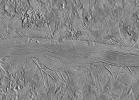
|
|||||

|
1998-12-07 | Europa |
Galileo |
Solid-State Imaging |
1152x507x3 |
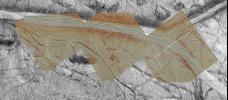
|
|||||

|
1998-12-07 | Callisto |
Galileo |
Solid-State Imaging |
1152x884x3 |
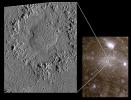
|
|||||

|
1998-12-07 | Callisto |
Galileo |
Solid-State Imaging |
1152x884x3 |
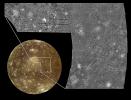
|
|||||

|
1998-12-07 | Jupiter |
Galileo |
Solid-State Imaging |
900x900x3 |
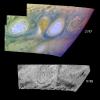
|
|||||

|
1999-03-18 | Jupiter |
Galileo |
Solid-State Imaging |
640x485x1 |
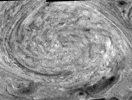
|
|
||||

|
1998-12-07 | Io |
Galileo |
Solid-State Imaging |
1152x887x3 |
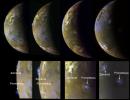
|
|||||

|
1998-12-07 | Europa |
Galileo |
Solid-State Imaging |
2476x1988x1 |
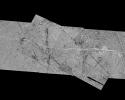
|
|||||

|
1998-12-07 | Europa |
Galileo |
Solid-State Imaging |
1152x626x3 |
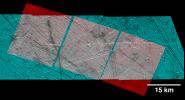
|
|||||

|
1999-04-15 | Jupiter |
Galileo |
Solid-State Imaging |
640x485x1 |
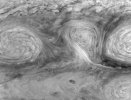
|
|
||||

|
1999-10-07 | Callisto |
Galileo |
Solid-State Imaging |
1440x669x1 |
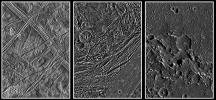
|
|||||

|
1999-10-07 | Callisto |
Galileo |
Solid-State Imaging |
449x449x1 |
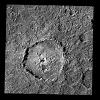
|
|||||

|
1999-10-07 | Ganymede |
Galileo |
Solid-State Imaging |
590x900x1 |

|
|||||

|
1999-10-07 | Ganymede |
Galileo |
Solid-State Imaging |
1078x900x1 |
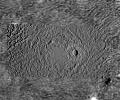
|
|||||

|
1999-10-07 | Ganymede |
Galileo |
Solid-State Imaging |
610x900x1 |

|
|||||

|
1999-01-18 | Europa |
Galileo |
Solid-State Imaging |
988x900x1 |
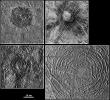
|
|||||

|
1999-01-18 | Europa |
Galileo |
Solid-State Imaging |
700x540x1 |
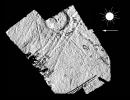
|
|||||

|
1999-01-18 | Io |
Galileo |
Solid-State Imaging |
1152x614x1 |
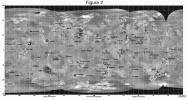
|
|||||

|
1999-01-18 | Europa |
Galileo |
Solid-State Imaging |
1152x696x3 |
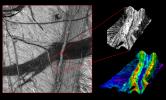
|
|||||

|
1999-01-18 | Europa |
Galileo |
Solid-State Imaging |
1050x520x3 |
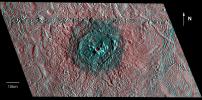
|
|||||

|
1999-01-18 | Ganymede |
Galileo |
Solid-State Imaging |
687x687x3 |
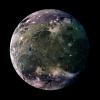
|
|||||

|
1999-01-18 | Io |
Galileo |
Solid-State Imaging |
800x800x3 |
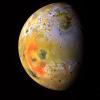
|
|||||

|
1999-01-18 | Io |
Galileo |
Solid-State Imaging |
708x526x3 |
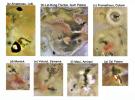
|
|||||

|
1999-01-18 | Europa |
Galileo |
Solid-State Imaging |
1192x1636x3 |

|
|||||

|
1999-08-27 | Jupiter |
Galileo |
Solid-State Imaging |
1300x1200x3 |
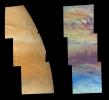
|
|||||

|
1999-08-27 | Jupiter |
Galileo |
Solid-State Imaging |
2200x1200x3 |
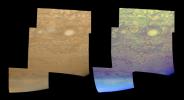
|
|||||

|
1999-08-27 | Europa |
Galileo |
Solid-State Imaging |
2530x1327x3 |
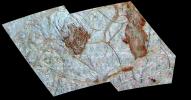
|
|||||

|
1999-08-27 | Io |
Galileo |
Solid-State Imaging |
2796x2796x3 |
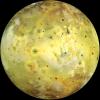
|
|||||

|
1999-08-27 | Io |
Galileo |
Solid-State Imaging |
2796x2796x3 |
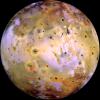
|
|||||

|
1999-08-27 | Io |
Galileo |
Solid-State Imaging |
2000x1380x3 |
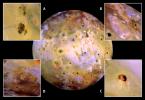
|
|||||

|
1999-10-08 | Io |
Galileo |
Solid-State Imaging |
1040x349x3 |
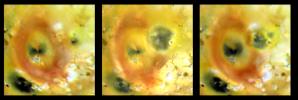
|
|||||

|
1999-10-08 | Io |
Galileo |
Solid-State Imaging |
329x431x3 |

|
|||||

|
1999-10-08 | Io |
Galileo |
Solid-State Imaging |
879x202x1 |

|
|||||

|
1999-10-08 | Io |
Galileo |
Solid-State Imaging |
967x395x3 |
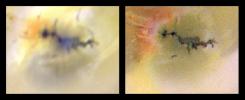
|
|||||

|
1999-10-08 | Io |
Galileo |
Solid-State Imaging |
398x398x3 |
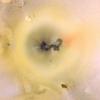
|
|||||

|
1999-10-08 | Io |
Galileo |
Solid-State Imaging |
336x436x3 |

|
|||||

|
1999-10-25 | Io |
Galileo |
Solid-State Imaging |
797x240x1 |

|
|||||

|
1999-11-04 | Io |
Galileo |
Solid-State Imaging |
1969x1684x3 |
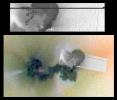
|
|||||

|
1999-11-19 | Io |
Galileo |
Solid-State Imaging |
1114x567x3 |
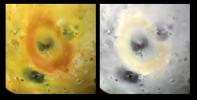
|
|||||

|
1999-11-19 | Io |
Galileo |
Solid-State Imaging |
682x970x3 |

|
|||||

|
1999-11-19 | Io |
Galileo |
Solid-State Imaging |
1079x1211x3 |

|
|||||

|
1999-11-19 | Io |
Galileo |
Solid-State Imaging |
1286x1447x1 |

|
|||||

|
1999-12-17 | Io |
Galileo |
Solid-State Imaging |
1152x613x1 |
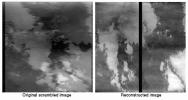
|
|||||

|
1999-12-17 | Io |
Galileo |
Solid-State Imaging |
797x900x3 |

|
|||||

|
1999-12-17 | Io |
Galileo |
Solid-State Imaging |
1152x280x1 |

|
|||||

|
1999-12-17 | Io |
Galileo |
Solid-State Imaging |
797x398x1 |
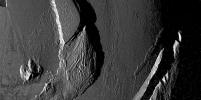
|
|||||

|
1999-12-17 | Io |
Galileo |
Solid-State Imaging |
717x653x3 |
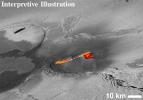
|
|||||

|
2000-03-06 | Io |
Galileo |
Solid-State Imaging |
1152x807x3 |
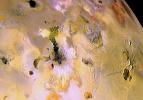
|
|||||

|
2000-03-06 | Io |
Galileo |
Solid-State Imaging |
712x900x3 |

|
|||||

|
2000-03-06 | Europa |
Galileo |
Solid-State Imaging |
900x900x1 |
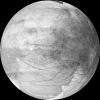
|
|||||

|
2000-04-24 | Amalthea |
Galileo |
Solid-State Imaging |
490x1190x1 |
|
|
|||||

|
2000-04-24 | Amalthea |
Galileo |
Solid-State Imaging |
748x381x1 |
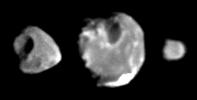
|
|||||

|
2000-04-24 | Amalthea |
Galileo |
Solid-State Imaging |
860x410x1 |
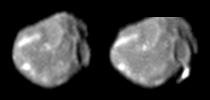
|
|||||

|
2000-04-19 | Io |
Galileo |
Solid-State Imaging |
799x739x3 |
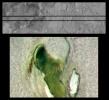
|
|||||

|
2000-04-19 | Io |
Galileo |
Solid-State Imaging |
769x774x3 |
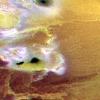
|
|||||

|
2000-05-18 | Io |
Galileo |
Solid-State Imaging |
900x689x3 |
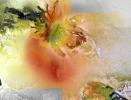
|
|||||

|
2000-05-18 | Io |
Galileo |
Solid-State Imaging |
1152x758x1 |
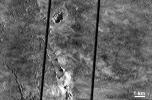
|
|||||

|
2000-05-18 | Io |
Galileo |
Solid-State Imaging |
1152x214x1 |

|
|||||

|
2000-05-18 | Io |
Galileo |
Solid-State Imaging |
1152x443x1 |
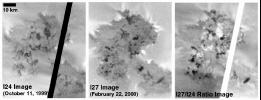
|
|||||

|
2000-05-18 | Io |
Galileo |
Solid-State Imaging |
1152x491x1 |
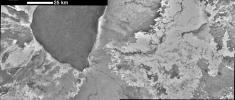
|
|||||

|
2000-05-18 | Io |
Galileo |
Solid-State Imaging |
381x900x1 |
|
|
|||||

|
2000-05-18 | Io |
Galileo |
Solid-State Imaging |
881x778x3 |
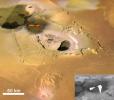
|
|||||

|
2000-05-31 | Io |
Galileo |
Solid-State Imaging |
800x800x3 |
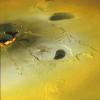
|
|||||

|
2000-05-31 | Io |
Galileo |
Solid-State Imaging |
1152x605x1 |
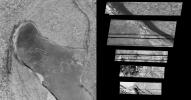
|
|||||

|
2000-05-31 | Io |
Galileo |
Solid-State Imaging |
876x900x3 |

|
|||||

|
2000-05-31 | Io |
Galileo |
Solid-State Imaging |
506x411x3 |
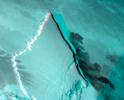
|
|||||

|
2000-05-31 | Io |
Galileo |
Solid-State Imaging |
643x566x3 |
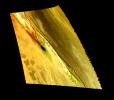
|
|||||

|
2000-05-31 | Io |
Galileo |
Solid-State Imaging |
875x900x1 |

|
|||||

|
2000-05-31 | Io |
Galileo |
Solid-State Imaging |
800x600x1 |
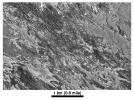
|
|||||

|
2000-05-31 | Io |
Galileo |
Solid-State Imaging |
618x850x1 |

|
|||||

|
2000-10-26 | Io |
Galileo |
Solid-State Imaging |
1152x899x1 |
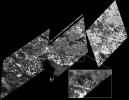
|
|||||

|
2000-10-26 | Io |
Galileo |
Solid-State Imaging |
782x752x1 |
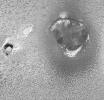
|
|||||

|
2000-10-26 | Io |
Galileo |
Solid-State Imaging |
900x750x3 |
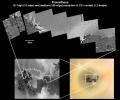
|
|||||

|
2000-10-26 | Io |
Galileo |
Solid-State Imaging |
889x766x3 |
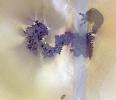
|
|||||

|
2000-10-26 | Io |
Galileo |
Solid-State Imaging |
1152x483x3 |
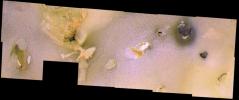
|
|||||

|
2000-10-26 | Io |
Galileo |
Solid-State Imaging |
413x900x3 |
|
|
|||||

|
2000-10-26 | Io |
Galileo |
Solid-State Imaging |
1152x564x1 |
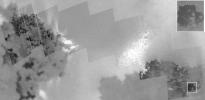
|
|||||

|
2000-12-16 | Ganymede |
Galileo |
Solid-State Imaging |
2000x2300x1 |

|
|||||

|
2000-12-16 | Ganymede |
Galileo |
Solid-State Imaging |
2603x756x1 |

|
|||||

|
2000-12-16 | Ganymede |
Galileo |
Solid-State Imaging |
1249x1939x1 |

|
|||||

|
2000-12-16 | Ganymede |
Galileo |
Solid-State Imaging |
1026x1748x1 |

|
|||||

|
2000-12-16 | Ganymede |
Galileo |
Solid-State Imaging |
2514x1929x1 |
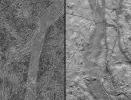
|
|||||

|
2000-12-16 | Ganymede |
Galileo |
Solid-State Imaging |
1000x751x1 |
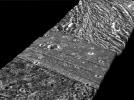
|
|||||

|
2000-12-16 | Ganymede |
Galileo |
Solid-State Imaging |
1764x809x1 |
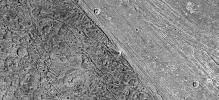
|
|||||

|
2000-12-16 | Ganymede |
Galileo |
Solid-State Imaging |
1228x512x3 |
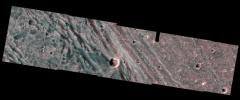
|
|||||

|
2000-12-16 | Ganymede |
Galileo |
Solid-State Imaging |
1358x1098x3 |

|
|||||

|
2000-12-16 | Ganymede |
Galileo |
Solid-State Imaging |
3777x2760x1 |
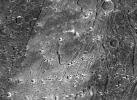
|
|||||

|
2000-12-16 | Ganymede |
Galileo |
Solid-State Imaging |
3328x2330x1 |
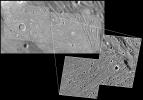
|
|||||

|
2000-12-16 | Ganymede |
Galileo |
Solid-State Imaging |
795x767x1 |
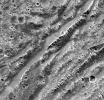
|
|||||

|
2000-12-17 | Ganymede |
Galileo |
Solid-State Imaging |
512x384x1 |
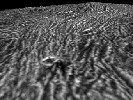
|
|
||||

|
2001-02-26 | Io |
Galileo |
Solid-State Imaging |
1270x660x3 |
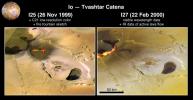
|
|||||

|
2001-02-23 | Io |
Galileo |
Solid-State Imaging |
4000x2500x3 |
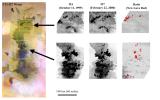
|
|||||

|
2001-02-23 | Io |
Galileo |
Solid-State Imaging |
3347x2531x1 |
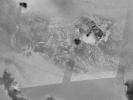
|
|||||

|
2001-03-29 | Io |
Cassini-Huygens Galileo |
Solid-State Imaging |
1100x900x3 |
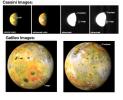
|
|||||

|
2001-06-22 | Europa |
Galileo |
Solid-State Imaging |
536x900x3 |

|
|||||

|
 |
 |
 |
 |
 |
 |
 |

|
| 1-100 | 101-200 | 201-300 | 301-400 | 401-500 | 501-600 | 601-700 |
| Currently displaying images: 501 - 600 of 644 |